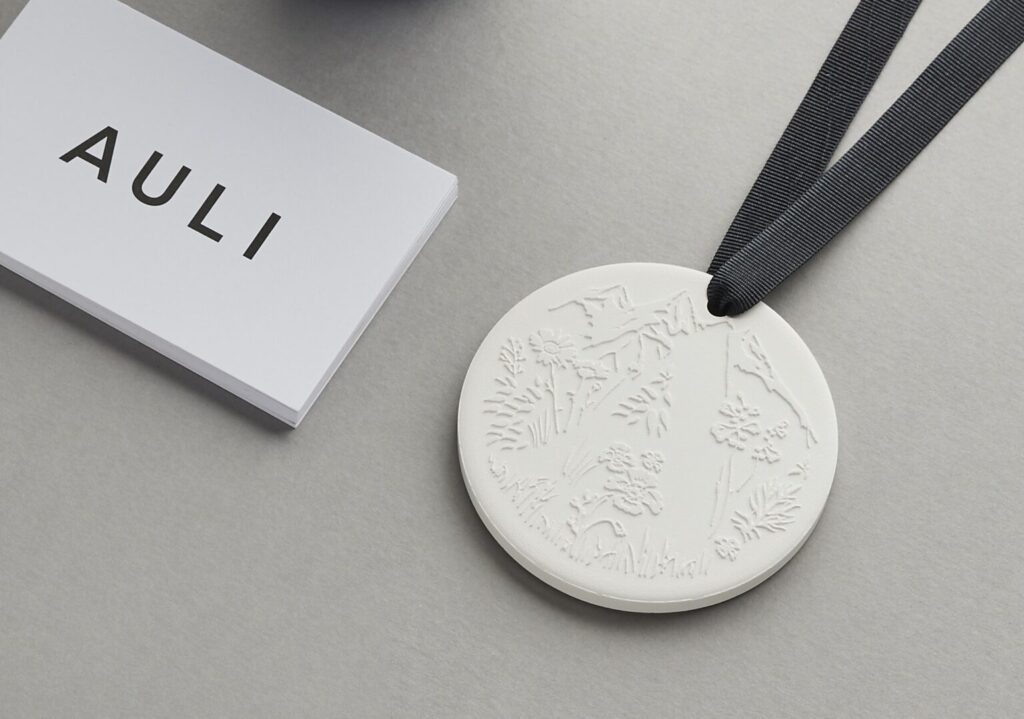Form Meets Function: Why Design Matters in Wellbeing
By Alvita Anuska Fernandes
In a world that constantly asks us to do more, move faster, and stay switched on, wellbeing is no longer a luxury, it’s a necessity. While we often focus on nutrition, movement, or mindfulness as core to our wellbeing, there’s another element that quietly shapes how we feel every single day: design.
Design and wellbeing go hand in hand. Design is everywhere. It’s in our clothes, the spaces we move through, the objects we hold, and the scented objects that subtly influence our emotions. When done thoughtfully, design has the power to calm, connect, comfort, and uplift. It can ease our routines, reduce our stress, and offer us tiny moments of joy and that’s what I’ve come to love about it.
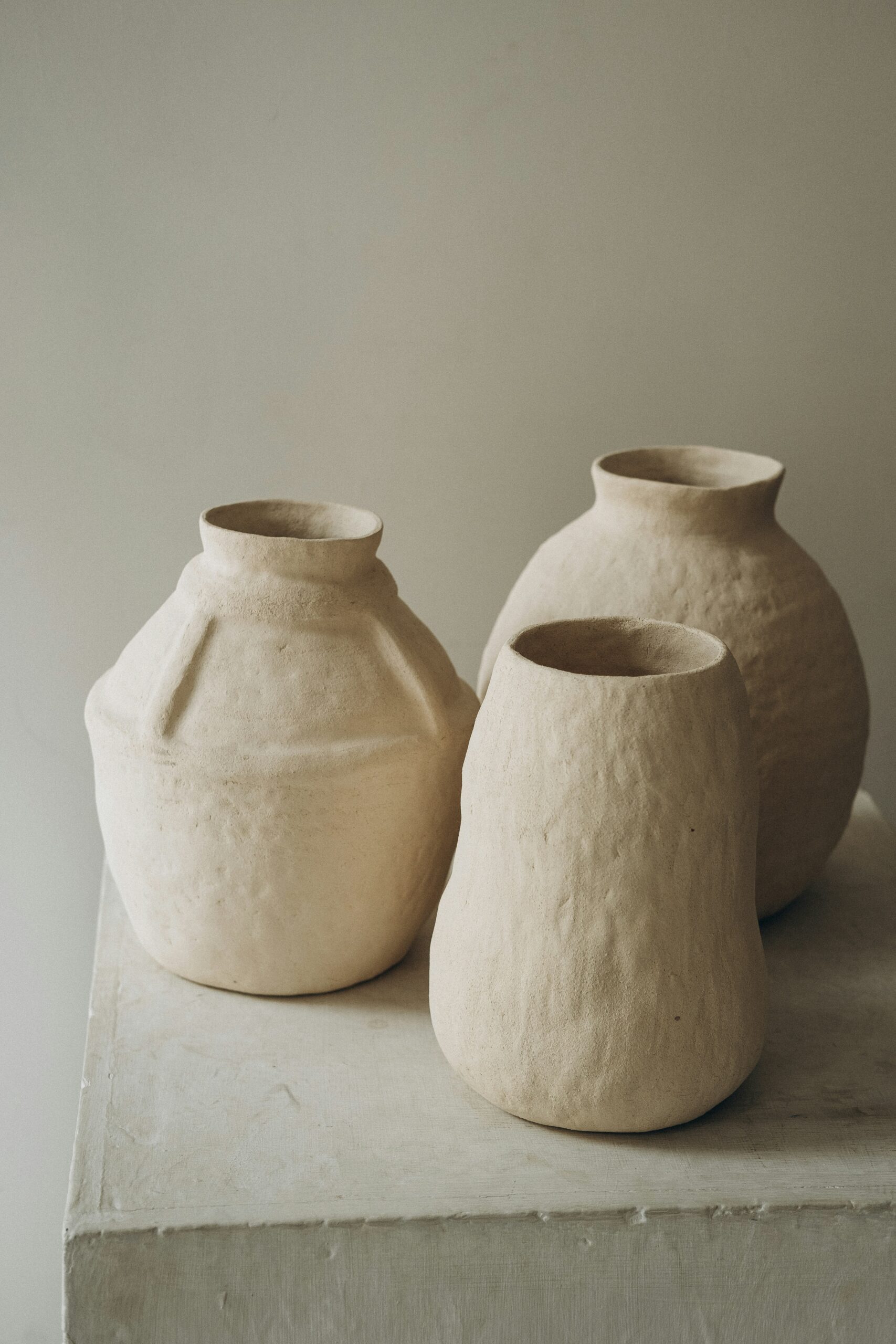
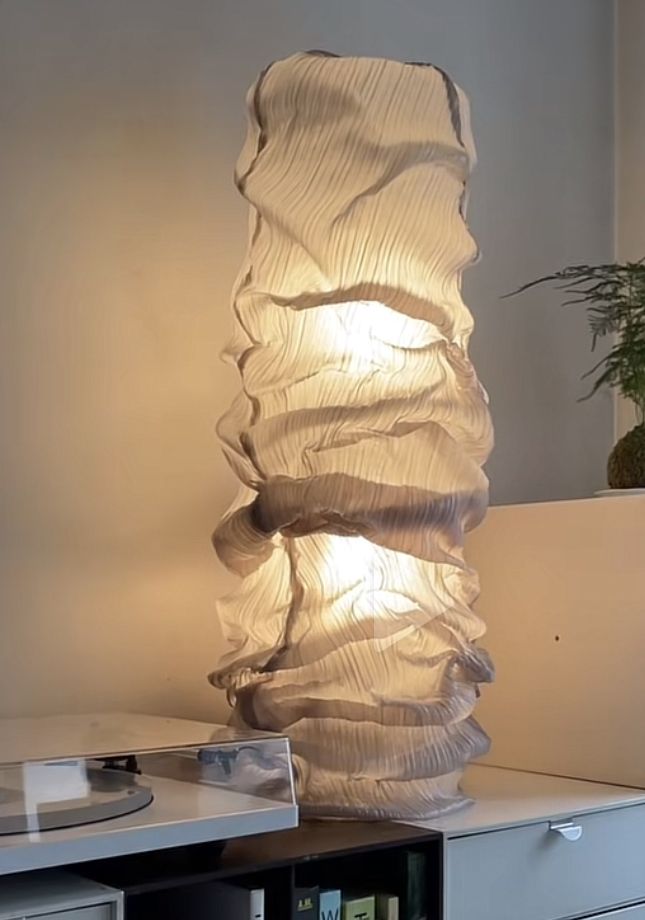
How I Fell in Love With Designing for Emotional Wellbeing
As a designer, I’ve always loved visuals. But over time, I began to notice something deeper: how a room could influence my state of mind, how a soft, textured garment could become a source of emotional safety, how a scented ceramic could transform a space into a refuge.
I realized that design isn’t just about how things look, it’s about how they make us feel.
This led me to focus on design that doesn’t just perform or impress but cares. I became obsessed with the intersection of function, form, and feeling, creating experiences that enhance people’s everyday lives. Today, my practice is rooted in wellbeing through design– slow, soulful, and sensory.
Aesthetics That Heal: Why Beauty Matters
We are emotionally responsive to beauty. The psychology of aesthetics tells us that beautiful surroundings can lower cortisol levels, reduce anxiety, and spark joy. It’s why we instinctively feel calmer in a room with warm lighting and balanced proportions, or more energized when we wear clothes that reflect who we are.
But beauty doesn’t have to be loud. Often, it’s the quietly crafted details that shift the atmosphere. A simple, scented ceramic from AULI London’s collection, for example, brings this concept to life visually subtle, yet infused with sensory intention. Its calming scent and handcrafted form don’t demand attention, yet they hold a grounding presence.
These scented objects for home go beyond decor, they’re part of creating therapeutic interiors. That’s the magic of design with purpose: it doesn’t shout, it holds space.
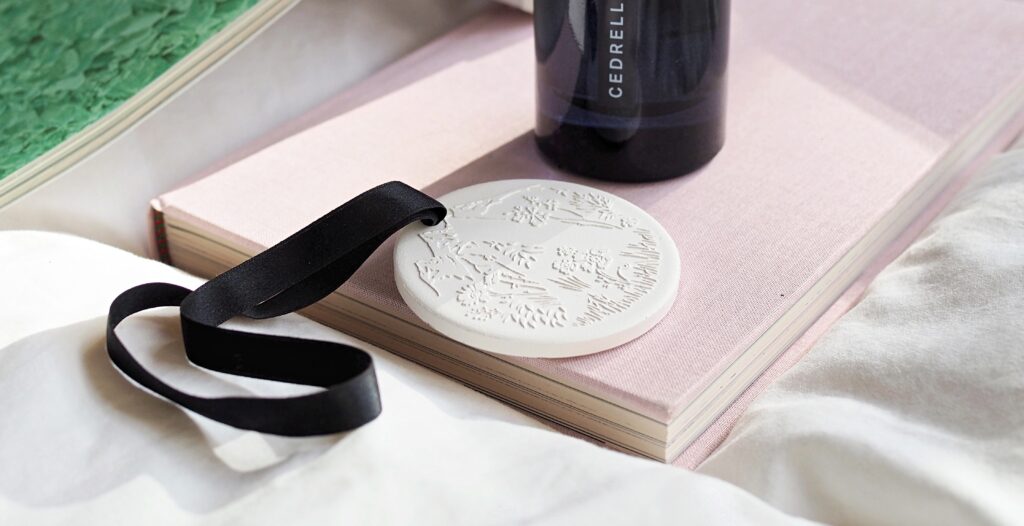
Comfort Isn’t a Luxury, It’s the Standard
Too often, we treat comfort as an afterthought in design. But comfort is essential to our wellbeing. Whether it’s the ergonomic curve of a chair, the feel of fabric against the skin, or the ease of a layout that supports how we move, these choices have lasting emotional impact.
When function is paired with emotional intelligence, design becomes intuitive. You don’t just see it, you feel it. The goal isn’t only to make life easier, but to make it gentler. That, to me, is at the core of design and wellbeing.

The Power of Materials: Designing for the Senses
One of the most overlooked elements of wellbeing is touch. What we hold, wear, lean into all of it communicates something to the body.
As someone rooted in textile design, I’ve grown attuned to materials. Natural fabrics, textured ceramics, and raw wood aren’t just aesthetic choices. They’re emotional connectors. When we choose materials that age beautifully or carry tactile richness, we invite slowness and presence into our lives.
The scented ceramic for calm from AULI London is a perfect example of this in practice: matte, organic, and unglazed, it engages both touch and scent. It becomes a ritual object– a quiet companion to daily routines, helping cultivate therapeutic interiors that support rest and reflection.
Flow and Mindfulness: How Design Shapes Our Routines
Design can gently shape how we behave, sometimes without us realizing it. An inviting nook can encourage journaling. A calm entryway can help us leave the day behind. A scented object, carefully placed on a shelf or bedside, can turn the act of winding down into a ritual.
These aren’t just products or furnishings. They’re invitations to live slower, more intentional lives. The best design doesn’t just fill space, it creates experiences that anchor us in the present.
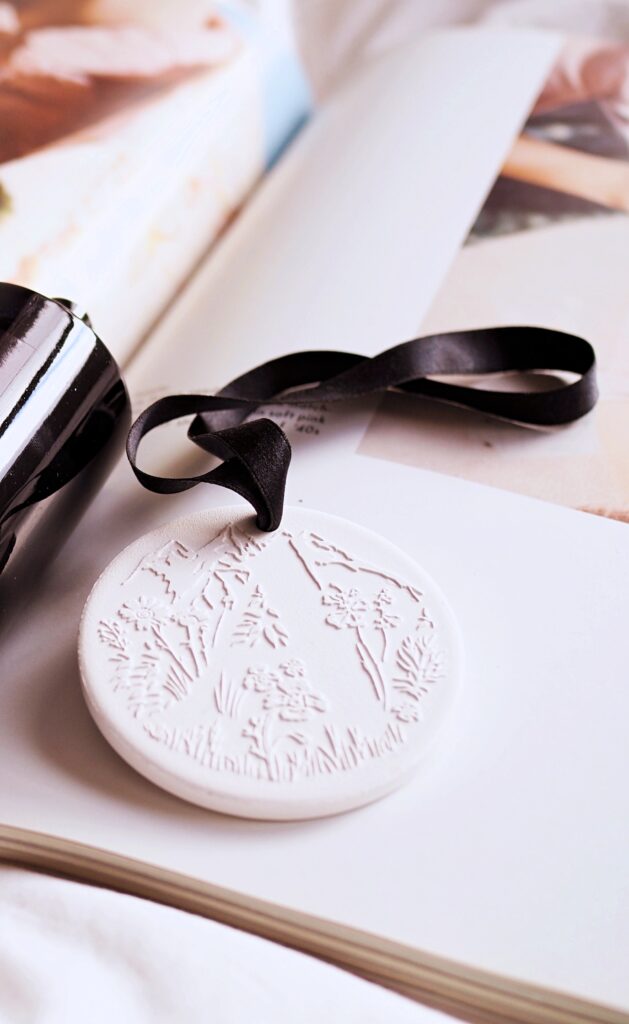
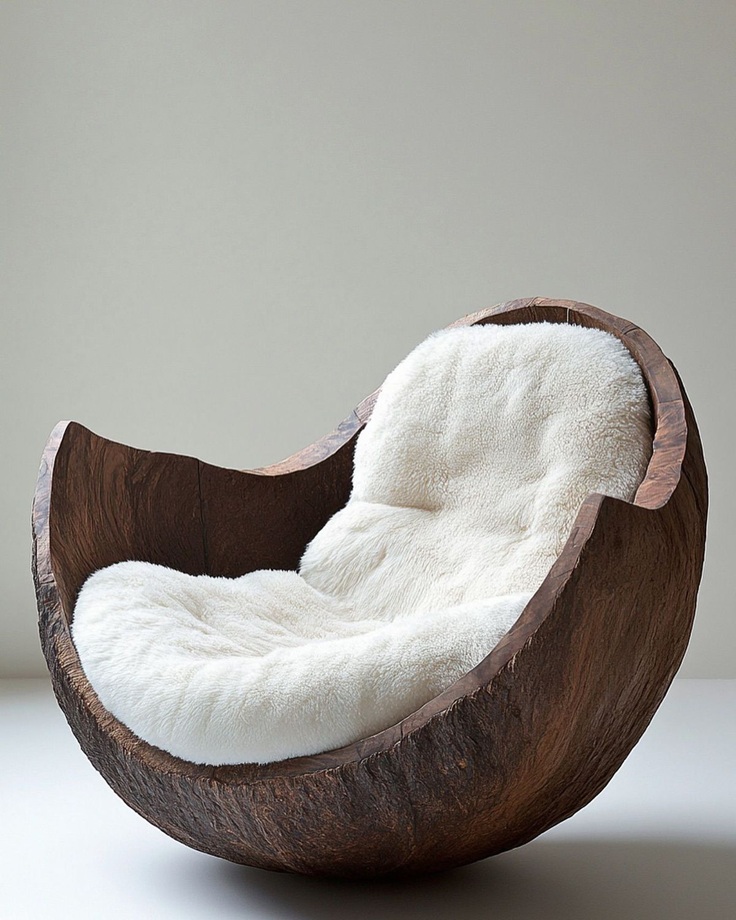
Sustainable Design = Sustainable Self
Sustainability, too, is a form of care. It’s about making choices that respect both the environment and the person using the product. Choosing well-made, long-lasting, meaningful design reduces waste and increases satisfaction. It also aligns with a deeper truth: what surrounds us, shapes us.
In my work, I strive to honour this by reusing leftover fabric, designing for longevity, and creating pieces that people can grow with. Scented objects for home, like AULI’s ceramic pieces, are made with care, designed to last, and meant to become part of your everyday wellbeing through design.
They remind us that slowness is a strength and that the best objects are those that nurture us back.
When Design Cares, We Feel Cared For
Design is never just visual. It’s emotional. It’s functional. It’s felt.
When we surround ourselves with objects that are both beautiful and intentional, we begin to feel more grounded in our own lives. Good design doesn’t just fill a space, it nurtures it. It holds you. It meets your needs before you have to ask.
It’s in the fragrance that greets you when you walk in.
The textures that invite your hand.
The colours that soften your mind.
The presence of a scented ceramic for calm that quietly says, “You are safe here.”And that’s why design matters because at its best, it reminds us that we matter too.
Featured Product
Scented Ceramic by AULI London
A sculptural, minimalist ceramic infused with gentle fragrance, designed to transform everyday corners into pockets of calm. Crafted for beauty, created for stillness.
Scented Ceramic
Transform your space with AULI’s beautifully crafted scented ceramic. Designed to infuse any small space with a subtle and sophisticated fragrance, our scented ceramic is perfect for drawers, closets, or as a decorative piece on your desk or nightstand.
Simply place it where you want to add a touch of fragrance.
